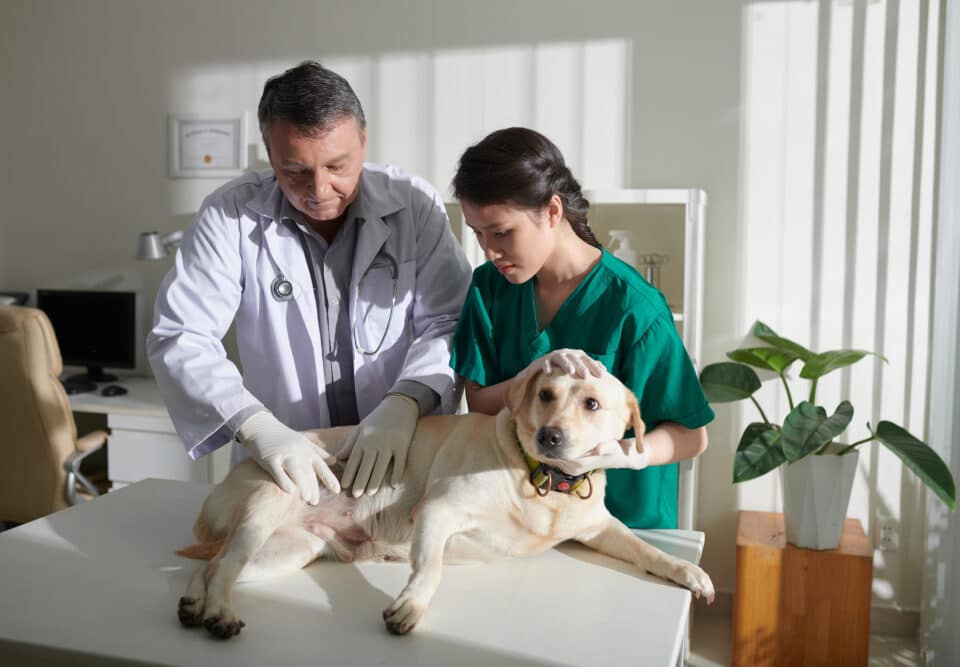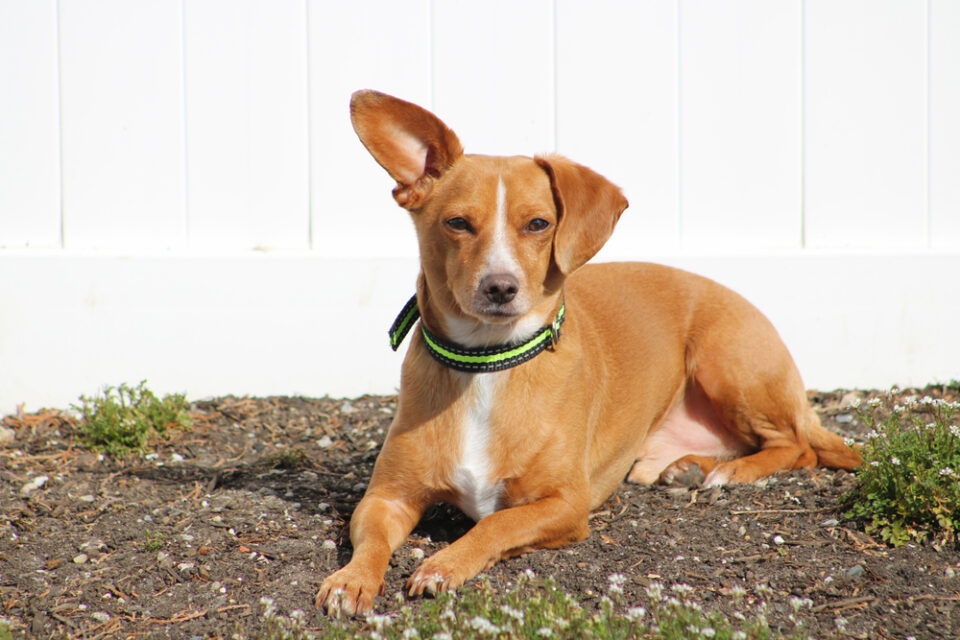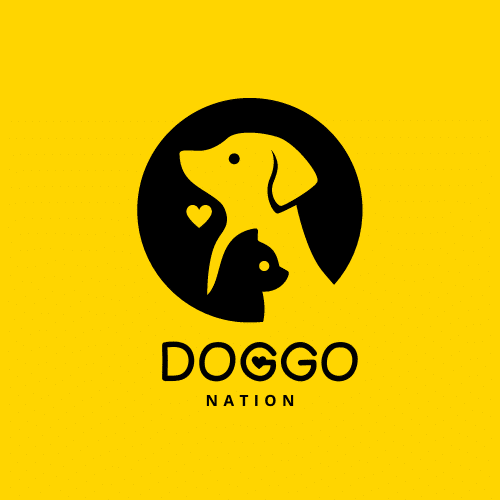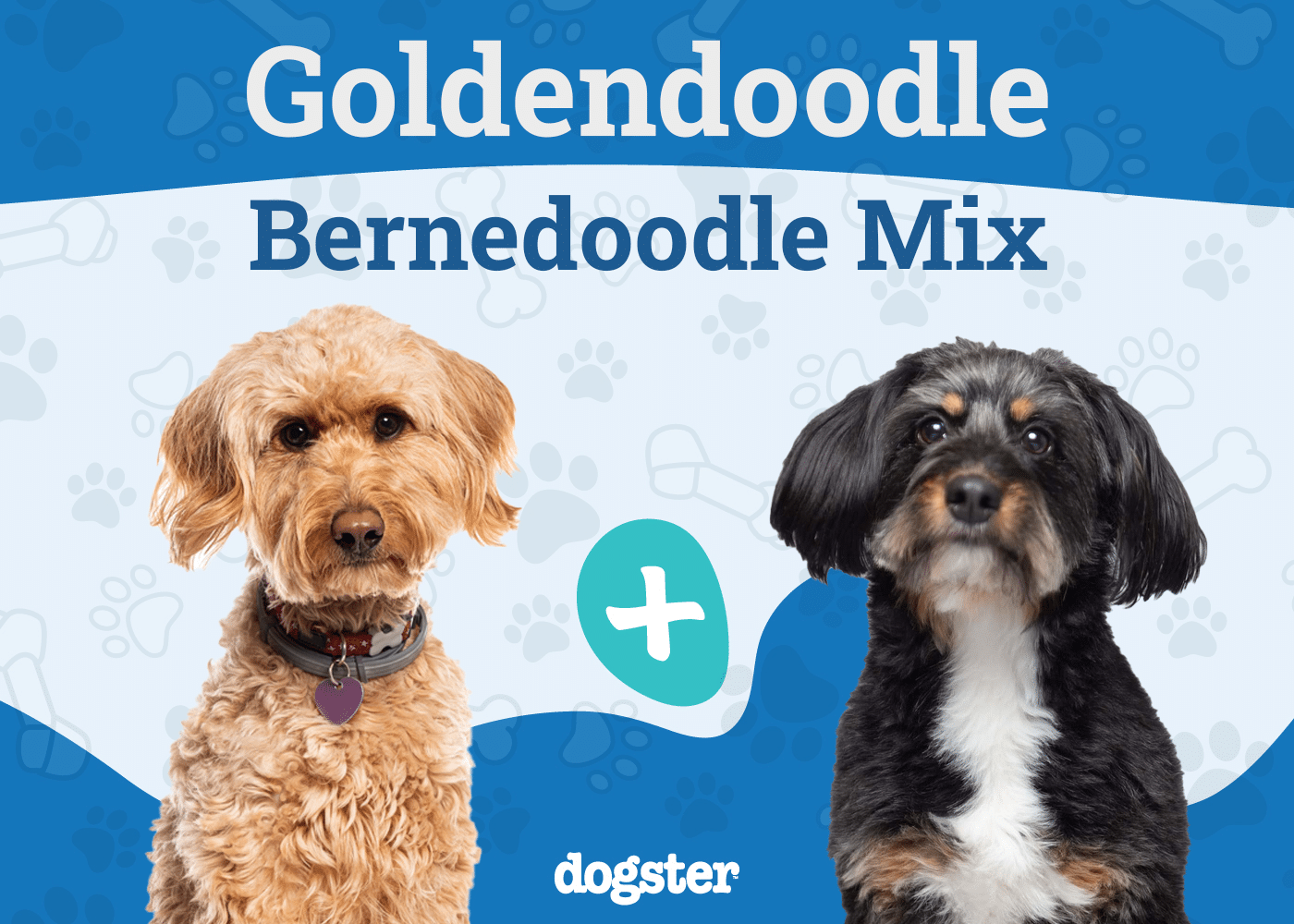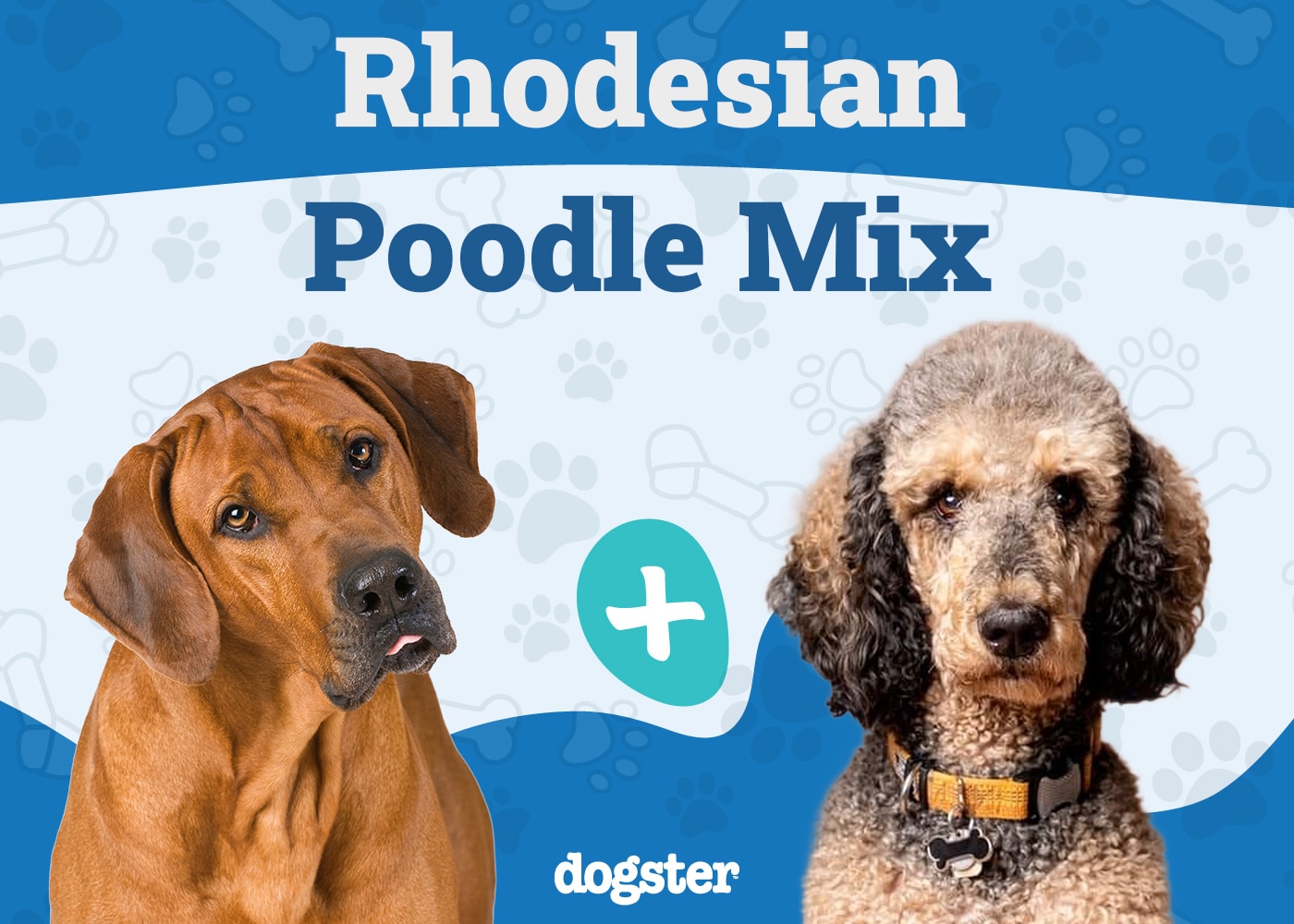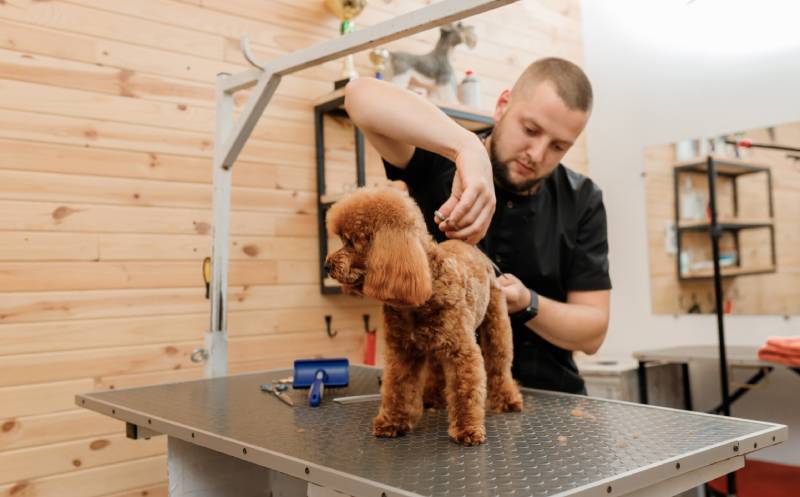Bloat in dogs is a serious issue that requires immediate attention. Understanding how to prevent bloat can save your dog’s life.
- Feeding your dog smaller, more frequent meals can reduce the risk of bloat.
- Keeping food and water separate helps avoid the rapid intake that can lead to bloat.
- Slowing down your dog’s eating pace can prevent air from being swallowed along with food.
- Ensuring your dog has their own space during meals can reduce stress-induced rapid eating.
Bloat is no laughing matter, especially for owners of large or giant breeds. It’s that awful moment when a dog’s stomach fills with air, potentially twisting like a cruel balloon animal. Understanding the causes and prevention methods can make all the difference.
One tip that stands out is feeding smaller meals. Instead of giving your dog one or two large feasts, consider splitting the portions into three or four meals a day. This approach doesn’t mean feeding less; just more often. It’s a simple shift that can help reduce bloat risk significantly.
Another important step is separating food and water times. Dogs are notorious for downing water after a hearty meal. But doing so immediately can lead to bloat. By giving your pup some downtime before offering water, you can help prevent their stomach from expanding too quickly.
Fast eaters beware! Dogs that gulp down their food not only forgo savoring flavors but also risk swallowing air. This adds to the bloat danger. Slowing them down with food puzzles and snuffle mats could be a game-changer. Though it’s tempting to use elevated feeders, they might do more harm than good in this case.
A private dining area is also essential. Dogs, just like people, prefer to have meals without an audience. When pets feel like they’re in a dining competition, they gobble down food which can instigate bloat. By giving each pet their own peaceful spot, you help them eat at a comfortable pace.
Timing is everything, particularly with exercise around mealtimes. Imagine finishing a Thanksgiving dinner and immediately running a marathon—sounds tough, right? Dogs need a break after meals, at least an hour before or after exercise, to reduce chances of bloat.
Lastly, let’s talk surgery. For some at-risk breeds, preventive gastropexy might be a lifesaver. This procedure secures the stomach in place, drastically decreasing the chances of it twisting if bloat occurs, though it’s always best to consult a vet about this option.
Bloat in dogs is a critical condition, but with the right precautions, it can often be prevented or managed effectively.
